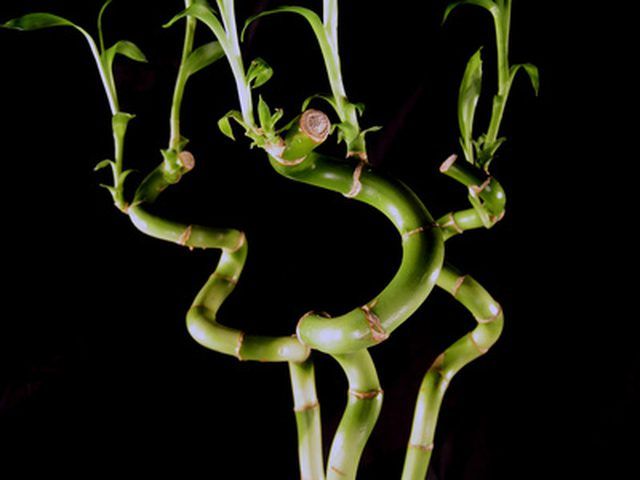Bulbs
Flower Basics
Flower Beds & Specialty Gardens
Flower Garden
Garden Furniture
Garden Gnomes
Garden Seeds
Garden Sheds
Garden Statues
Garden Tools & Supplies
Gardening Basics
Green & Organic
Groundcovers & Vines
Growing Annuals
Growing Basil
Growing Beans
Growing Berries
Growing Blueberries
Growing Cactus
Growing Corn
Growing Cotton
Growing Edibles
Growing Flowers
Growing Garlic
Growing Grapes
Growing Grass
Growing Herbs
Growing Jasmine
Growing Mint
Growing Mushrooms
Orchids
Growing Peanuts
Growing Perennials
Growing Plants
Growing Rosemary
Growing Roses
Growing Strawberries
Growing Sunflowers
Growing Thyme
Growing Tomatoes
Growing Tulips
Growing Vegetables
Herb Basics
Herb Garden
Indoor Growing
Landscaping Basics
Landscaping Patios
Landscaping Plants
Landscaping Shrubs
Landscaping Trees
Landscaping Walks & Pathways
Lawn Basics
Lawn Maintenance
Lawn Mowers
Lawn Ornaments
Lawn Planting
Lawn Tools
Outdoor Growing
Overall Landscape Planning
Pests, Weeds & Problems
Plant Basics
Rock Garden
Rose Garden
Shrubs
Soil
Specialty Gardens
Trees
Vegetable Garden
Yard Maintenance
Training a Lucky Bamboo Plant
Training a Lucky Bamboo Plant. Lucky bamboo plants are popular indoor houseplants due to their appearance and easy maintenance. While lucky bamboo plants are not bamboos at all—they are members of the lily family—they are believed to bring good feng shui to the home or office. Asian culture has long thought the lucky bamboo...

Lucky bamboo plants are popular indoor houseplants due to their appearance and easy maintenance. While lucky bamboo plants are not bamboos at all—they are members of the lily family—they are believed to bring good feng shui to the home or office. Asian culture has long thought the lucky bamboo plant retains a different meaning for the varying number of stalks any arrangement may have. In particular, the spiraled or curled plants are thought to be the most lucky. Although it takes a long time to complete, training lucky bamboo plants to curl or twist is an easy project.
Things You'll Need
Lucky bamboo plant
Cardboard box
Scissors
Grow light or sunny window
Measure a cardboard box to ensure adequate space inside for the lucky bamboo plant. Be sure the top of the box does not touch the top of the lucky bamboo. Cut the flaps, bottom and one side of the box with sharp scissors. Set a young plant—in its original container—in an area that receives indirect light from a grow light or window. Mature stalks on lucky bamboo plants will not grow, so young plants are the only ones that can be trained to bend or twist. Cover the plant with the box so the cut side is facing the light source. The stem curls in search of light.
Care for the plant as stated on instructions received at time of purchase. Lucky bamboo plants require clean water every week to prevent bacteria and mold growth. Turn the plant one inch when the first signs of curling begin. This turning will allow the lucky bamboo plant to turn toward the light source. The direction and intensity of the curl is based on the individual owner's style and desires.
Keep turning and training the lucky bamboo pot in the same direction as soon as each new curl is detected so the plant is constantly reaching for the light and curling.